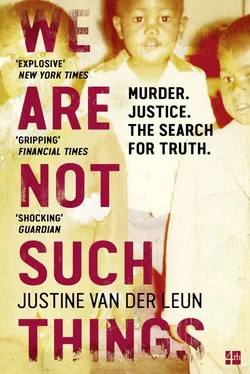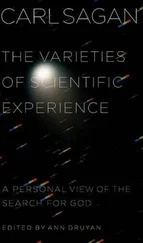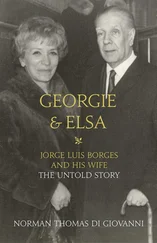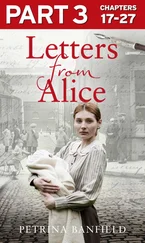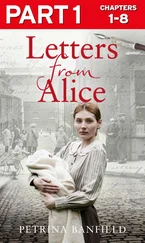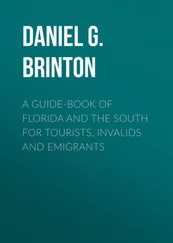
The Western Cape contains the southernmost tip of the African continent. European explorers and kings and queens had long agreed that if they could only round the Cape, they would be able to sail northeast to India and open a sea route to Asia, with its silks and spices and gemstones and teas. Such a route would prove lucrative to European powers, which had so far only managed to arrange an arduous and dangerous trade trek through the Middle East, which was teeming with bandits and costly middlemen. The only problem, as the Europeans saw it, was the Cape’s habit of swallowing ships.
On February 3, 1488, the square-jawed Portuguese voyager Bartolomeu Dias and his crew anchored near a freshwater spring in a fishing village known today as Mossel Bay. Dias had departed Lisbon seven months earlier in an attempt to chart a new southern route to Asia, and he and his haggard crew had just survived a harrowing storm. Above, watching from a bluff, stood a group of Khoikhoi tribesmen, indigenous cattle farmers with yellow-brown skin, standing around five feet tall.
The Khoikhoi, grazing their animals by the sea on that day in the fifteenth century, watched as a vessel full of ashen humans docked in their watering hole and started taking water. The Khoikhoi were not a particularly warmongering group, but, angry and frightened, they pelted the explorers with rocks. The whites responded with gunshots, killing a Khoikhoi before sailing away.
Though Dias wished to continue charting the eastbound journey, his bedraggled crew threatened mutiny, and so the ship stopped at what is now known as Bushman’s River, where Dias planted a Portuguese flag and then turned homeward. One cold comfort for Dias was that he had at least laid eyes on the meridional tip of Africa, a rocky point of land where waves crashed relentlessly against the shore and heavy winds blew through tough grasses and low, hardy scrubs. The balmy currents of the Indian Ocean here meet the arctic currents of the Atlantic. From a height, one can see the two bodies of water tangle together in a shaky line of wild white foam that stretches past the horizon.
These waters had pushed Dias blindly out to sea, and Dias, returning home after seventeen months with his men, named the area Cabo das Tormentas, or Cape of Storms. King John II of Portugal, who saw the Cape as a stop on the profitable opening to the East, rebranded it Cabo da Boa Esperança, or Cape of Good Hope. But Dias had been prescient: twelve years later, on another journey, he and his crew were swallowed whole by the Cabo das Tormentas, their sunken ship never found.
Dias’s bearded compatriot Vasco da Gama was more successful. In 1497, he was the first to navigate an all-water eastern passage. Da Gama rode the winds down the African coast, then arced into the Atlantic and swept back toward land, docking for supplies and water in an inlet on the Western Cape today known as St. Helena Bay. There, the threatened Khoikhoi again attacked, spearing da Gama in the thigh. Undeterred, da Gama and his crew continued down the coast and rounded its tip. Again, they came upon a tribe of Khoikhoi, but this time they enjoyed better relations, offering gifts. Da Gama even danced with some locals.
The good vibes were short lived. As was the Portuguese habit, da Gama took water supplies without asking the chief for permission. The Khoikhoi, aghast at da Gama’s slight, readied themselves to attack, and da Gama quickly sailed off to the western coast of India, which he would reach in 1498 with the help of an Arab navigator he picked up in East Africa. In 1510, the Khoikhoi slaughtered sixty-five Europeans, including a Portuguese viceroy heading home after his term in the East—a massacre that resulted in a century during which ships gave the Cape a wide berth.
This was the inauspicious beginning of the relationship between blacks and whites in South Africa, a relationship that began with whites taking natural resources that both groups assumed were rightfully theirs. In a foretelling of events to be replayed in centuries to come, the blacks threw stones, and the whites responded with bullets.

A year before landing in Cape Town, I’d been to South Africa on holiday. Those days in the Karoo had offered me a hint that living in the country would be nothing like that three-week vacation, when we took a safari just outside of Kruger Park and saw a pride of lions, dozens of elephants, the far-off silhouette of a leopard, and a pack of endangered spotted African wild dogs chilling out in the bush, licking their balls and nuzzling each other like regular pets, except that they could run at forty miles an hour to gut and devour a gazelle. In Cape Town, we lay about on palm-tree-lined beaches, which were too sunny for my New England tastes. The white people on the beaches—and there were mostly white people on the wealthy stretch of beachside suburbs known as the Atlantic Seaboard—looked like descendants of Russian oligarchs, Baywatch actors, and/or the cast of your average reality television program: lots of enhanced breasts and chiseled six-packs, displayed with unabashed vanity.
But when I settled in Cape Town for two years, I found the city disconcerting. I landed in a white enclave by the seaside, where my husband’s Jewish family and their insular, tight-knit community lived in the houses typical of well-off South Africans: pale-colored cement rectangles surrounded by high walls lined with barbed coils, electric shock wire, or shards of broken glass.
The white Capetonians I met at first had been raised in a country steeped in racist policy and educated according to a racist curriculum. History books reinvented colonial commandos who slaughtered indigenous people as heroes. During apartheid most whites had never seen the living conditions of blacks. Opposition groups were banned, their leaders in exile or prison. The media was heavily censored. In 1977, for example, 1,246 publications, 41 periodicals, and 41 films were banned in South Africa—most of them putting forth an anti-apartheid view. The government also controlled TV, radio, and, to some extent, newspapers. After apartheid, most whites still turned away from the reality of daily life for their black compatriots, never visiting townships, denying or justifying the continued inequities between the races. Therefore, most white South Africans of a certain age, and accordingly their children, had become—through grand design, through osmosis, and through their own choice to accept the status quo—entrenched in racism.
A friend of mine once suggested that an anthropologist would do well to study the ways of the white tribes of South Africa. The white Capetonians I met liked working out, getting their hair done, shopping, displaying large diamonds, driving flashy cars, eating sushi, and cooing at their dogs, both pedigreed and rescued. They referred to things that tickled their fancies as “stunning,” “spectacular,” “unreal,” and “ out of this world.” They dished local gossip and talked about money and business. They discussed families who had been lucky enough to emigrate to the major white South African resettlement destinations: the States, the U.K., Israel, Australia, Canada. No matter how many assets a person possessed in South Africa, he was guaranteed to moan about the country going to pot, and how a trailer in Sydney was better than a mansion in the most beautiful city of the most advanced country on this doomed continent.
Читать дальше
